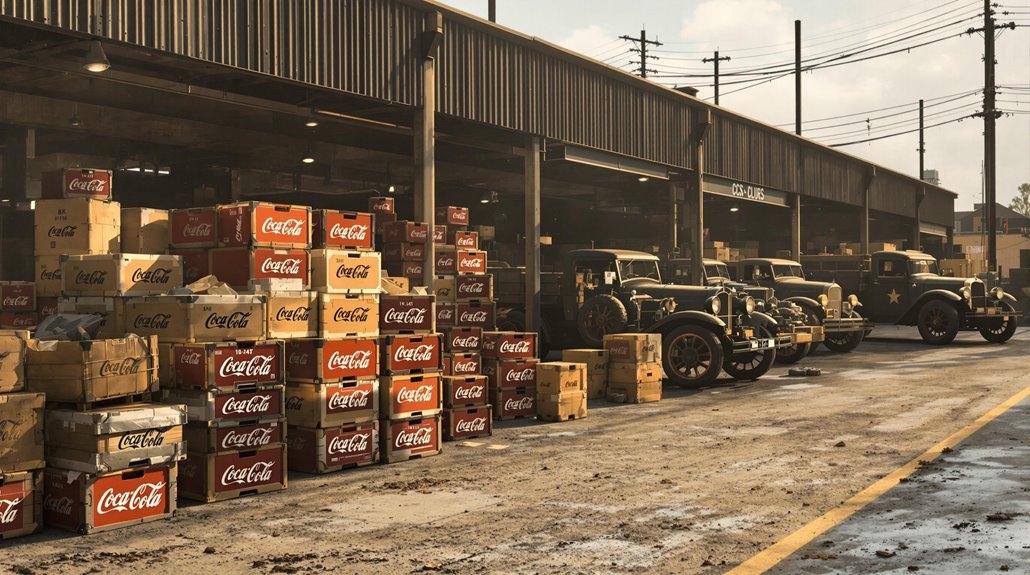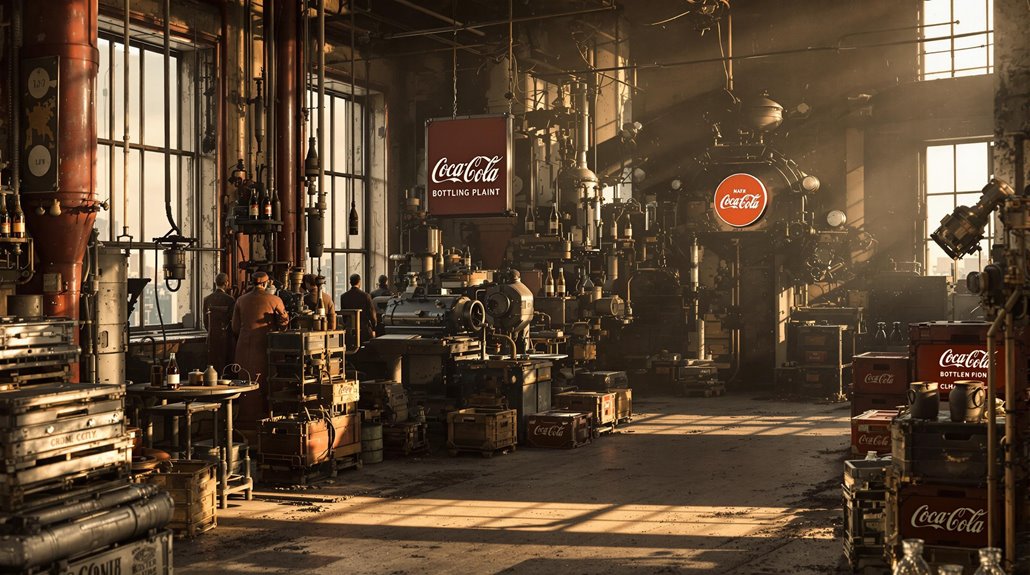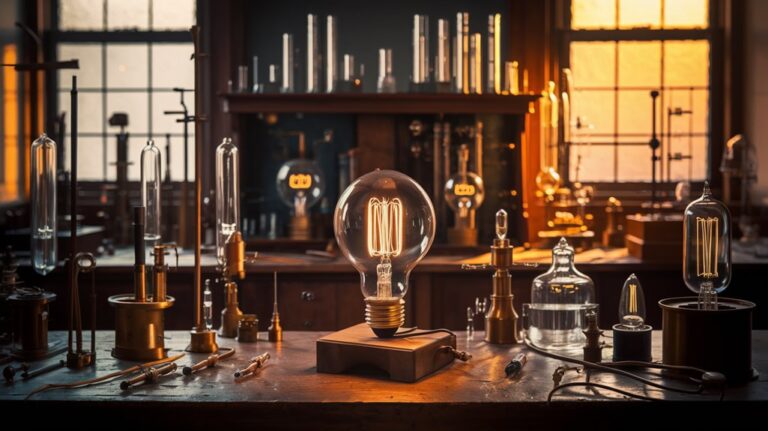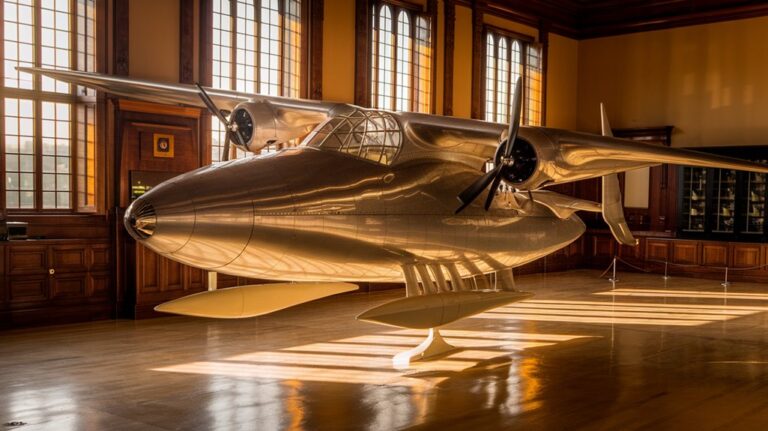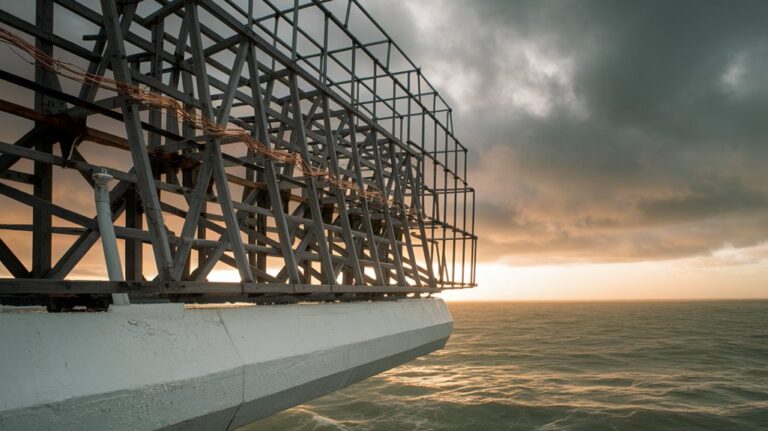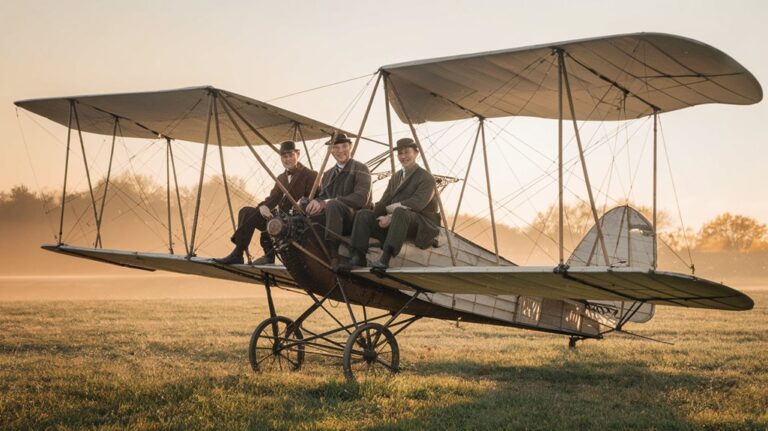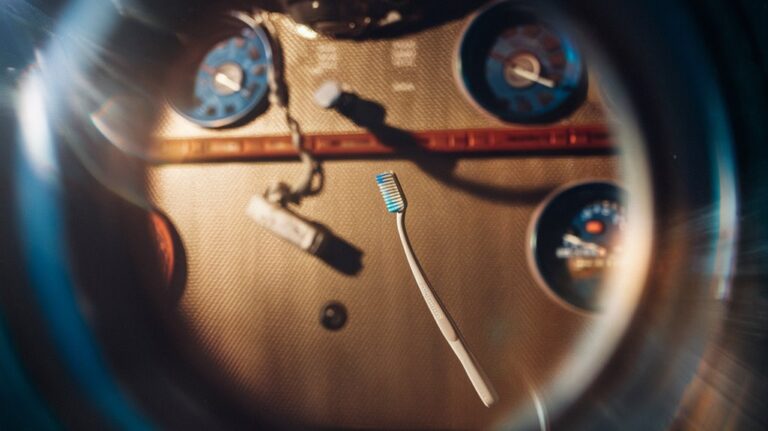WWII’s Influence on Soda: How War Bubbled Up a Bestseller
Like a soldier's unwavering march to victory, Coca-Cola's journey through World War II transformed a simple soft drink into an American icon. You might think you know the story of this fizzy beverage, but there's more bubbling beneath the surface. When war broke out, Coca-Cola's bold promise to supply troops with 5-cent sodas wasn't just patriotic—it was revolutionary. What unfolded next would forever change not only the company's trajectory but the entire landscape of global business.
The Birth of Coca-Cola's Global Military Mission
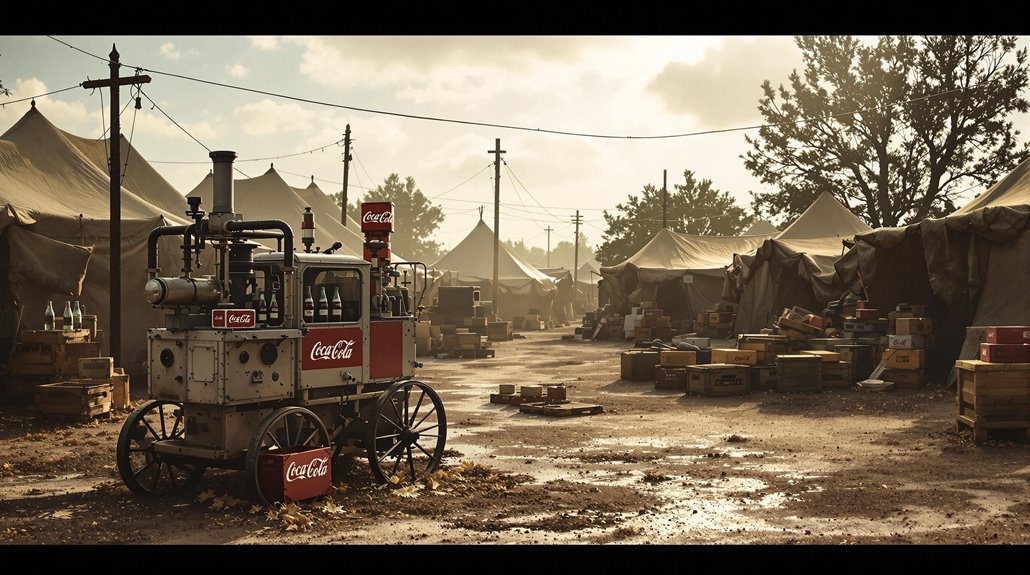
When Coca-Cola's president Robert Woodruff pledged to provide every American service member with a 5-cent Coke during WWII, he set in motion one of the most ambitious corporate military partnerships in history.
You'll find it remarkable that this wartime branding initiative cost the equivalent of $83.2 million today, but it transformed Coca-Cola into a global powerhouse.
The company's military logistics were unprecedented. After receiving Eisenhower's 1943 cable requesting bottling plants and supplies, Coca-Cola dispatched 148 "Coca-Cola Colonels" worldwide. President Roosevelt granted the company special sugar rations to maintain production while competitors struggled.
These technical observers, dressed in military uniforms, managed everything from ingredients to quality control. They built 64 bottling plants at the company's expense, bringing the iconic beverage to front lines and aid stations. American troops eagerly consumed over 5 billion Cokes between 1943 and 1949.
Three of these dedicated employees even lost their lives serving this mission, demonstrating the project's scope and significance.
Sugar, Strategy, and Special Government Privileges
Despite sugar becoming the first rationed food item in WWII, Coca-Cola managed to navigate wartime restrictions with remarkable ingenuity.
During the sugar scarcity, you'd have seen the company transform its wartime adaptations into strategic advantages, securing special privileges that set it apart from competitors. The company's success was even more notable given that sugar supplies dropped one-third during the war years. This scarcity lasted until rationing ended in 1953.
While average Americans limited themselves to 8 teaspoons of sugar daily, Coca-Cola's shrewd moves included:
- Transferring to the Food Section for better resource access
- Gaining unlimited sugar through military supply credits
- Securing "wartime essential" status in government reports
- Leveraging scientific studies to promote soft drinks' importance
These privileges helped Coca-Cola bypass civilian sugar caps and expand globally through military distribution.
The company's $25 million profit in 1944 proved that its strategic response to rationing had paid off spectacularly.
Building an Empire One Bottle at a Time
Through masterful wartime strategy, Coca-Cola transformed military necessity into global opportunity by establishing 64 bottling plants across combat zones in Europe and the Pacific by 1943.
Under the leadership of Asa G. Candler, the company had already proven its ability to expand distribution successfully across America.
You'll find that their bottling innovation was driven by General Eisenhower's request for 10 portable factories and a monthly supply of 6 million bottles for troops.
The company's military logistics were revolutionary, deploying 148 "Coca-Cola Colonels" as technical observers to manage frontline operations.
Much like Billy Bishop's combat in World War I, this initiative required strategic coordination in dangerous territories.
They'd committed to providing 5-cent bottles to every service member, building plants at their own expense to fulfill this promise.
This wartime expansion doubled their international presence from the 1940s to 1960, as combat zone facilities evolved into permanent operations.
When peace arrived, Coca-Cola had already laid the groundwork for its global empire through strategic wartime positioning.
The Fanta Solution: Adapting to Enemy Territory
As Nazi Germany's trade embargo cut off Coca-Cola's syrup supply in 1940, the company's German operations faced a critical decision: adapt or disappear.
Under Max Keith's leadership, ingredient innovation became the key to survival, leading to Fanta's creation from unconventional components. Coca-Cola Deutschland had already established 43 bottling plants before the war. The drink's deep red-orange hue came from locally sourced beets.
You'll be fascinated to know that wartime beverage adaptation meant using:
- Leftover apple fibers from lollipop factories
- Dairy industry's surplus whey
- Locally-sourced beet sugar
- Discarded fruit peelings for flavoring
The makeshift formula proved remarkably successful, with Germans buying 3 million cases by 1943.
They didn't just drink it – they cooked with it too, adding sweetness to soups and stews during sugar rationing.
This wartime necessity kept Coca-Cola's German operations alive and eventually spawned a global beverage phenomenon that's still thriving today.
Marketing Victory Through American Values
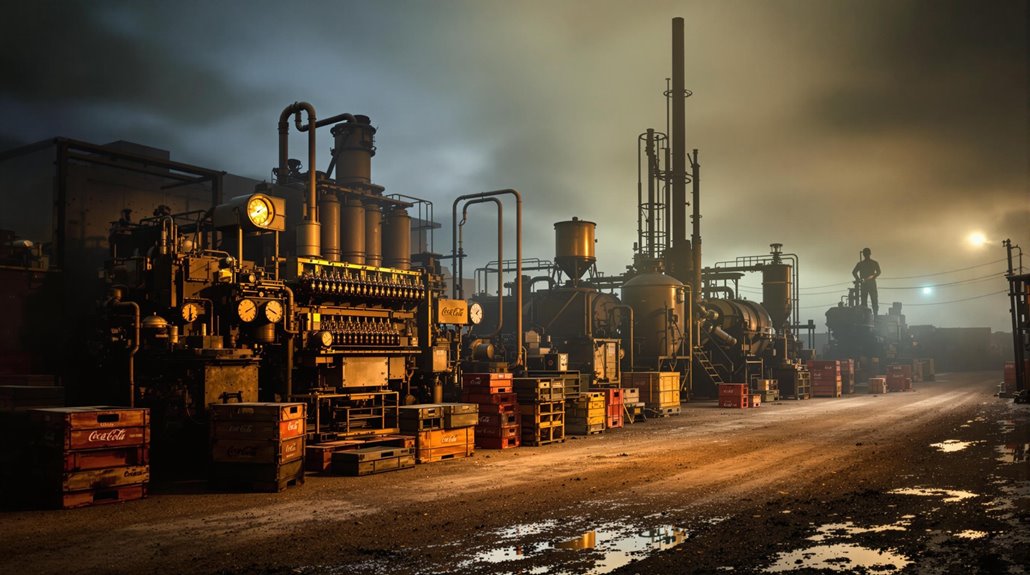
While World War II raged on, Coca-Cola launched one of history's most influential marketing campaigns by positioning itself as a symbol of American patriotism and military support.
Through patriotism marketing, you'd see American soldiers sharing Coke with locals in foreign lands, with ads carefully crafted in native languages to bridge cultural divides. The company's famous "Howdy, friend" slogan created a powerful connection between soldiers and the brand. During this period, Pepsi gained popularity among African-American soldiers who served in the war.
The company's cultural symbolism grew stronger as they recruited scientists and even gained support from the U.S. Surgeon General, who praised soft drinks for relieving wartime stress.
You'll find Coca-Cola's influence extended beyond mere advertising – they produced publications like "Importance of Rest-Pause in Maximum War Effort" and portrayed their beverage as an essential foodstuff for American workers.
 science and technology advancements during WWII, these innovations revolutionized beverage distribution worldwide. The company's Technical Observers served as unofficial military personnel, ensuring troops had access to cold Coca-Cola.
science and technology advancements during WWII, these innovations revolutionized beverage distribution worldwide. The company's Technical Observers served as unofficial military personnel, ensuring troops had access to cold Coca-Cola.
What made Coca-Cola's wartime expansion remarkable:
- 64 international bottling plants built at the company's expense
- Special sugar credits for military installations while civilians faced strict rationing
- Portable bottling operations that could move with advancing troops
- Development of Fanta in Germany to maintain market presence
You're witnessing the results of this strategic expansion today – Coca-Cola's global dominance emerged directly from its WWII partnerships, turning a simple soft drink into an international symbol of American influence.

